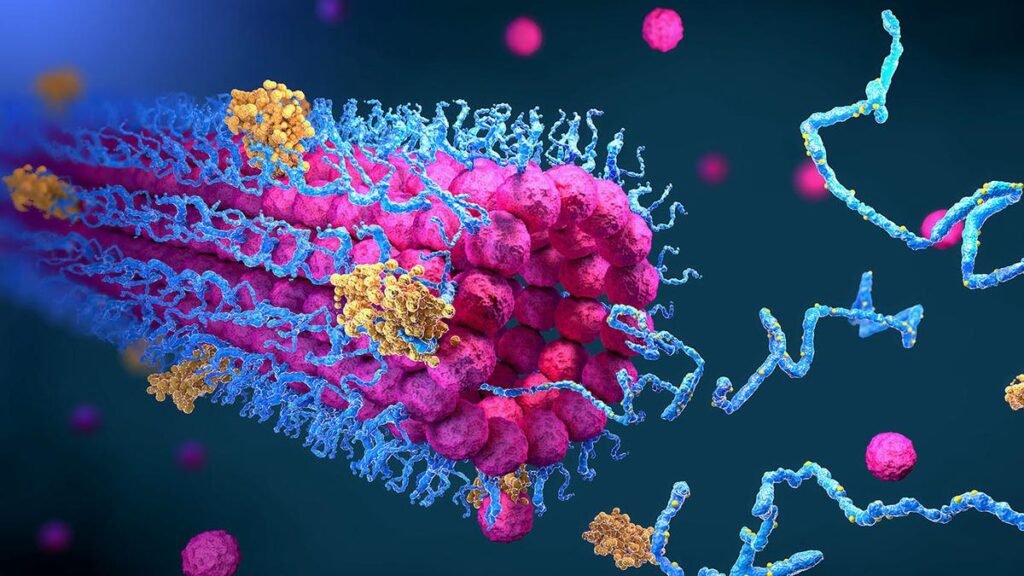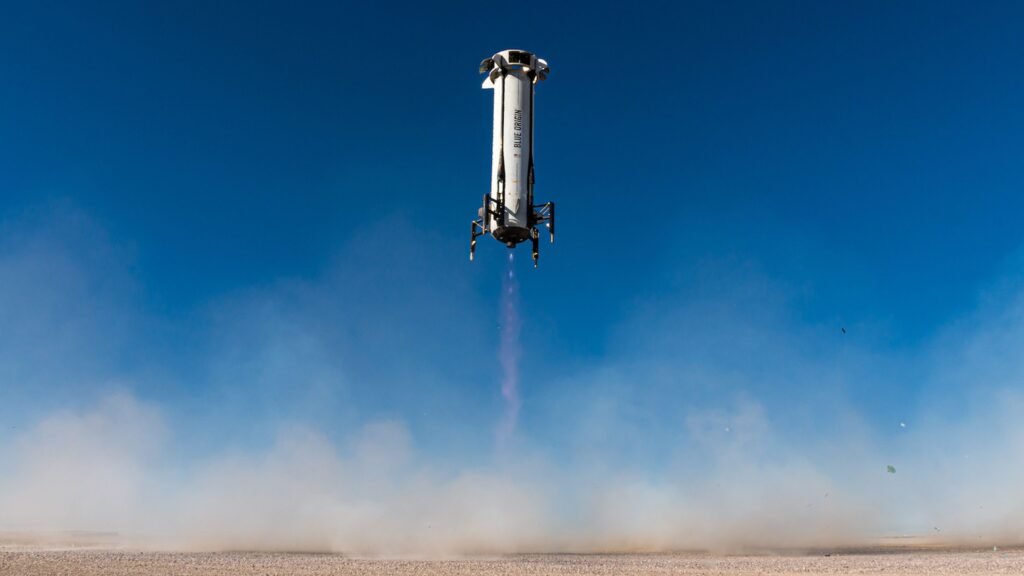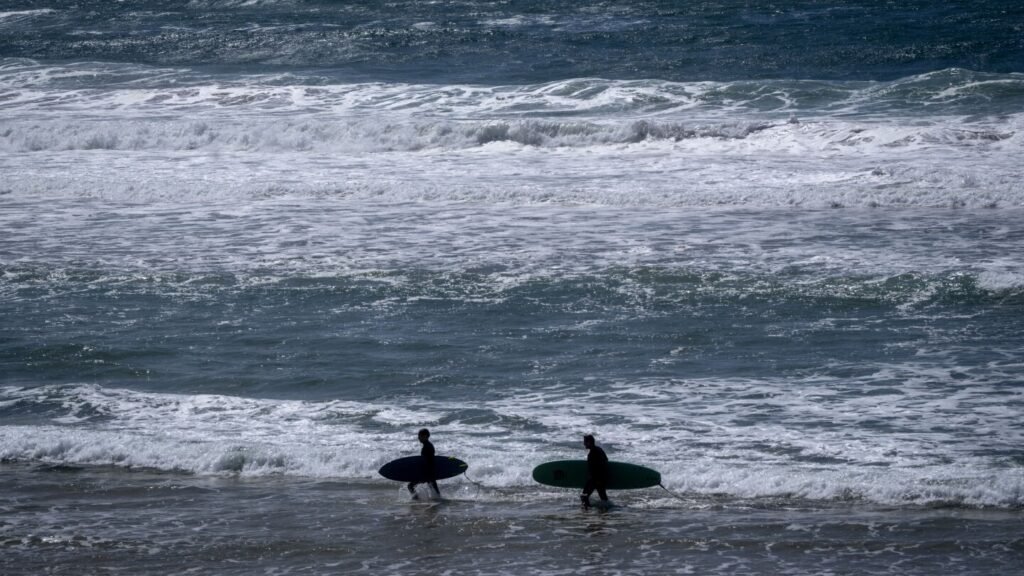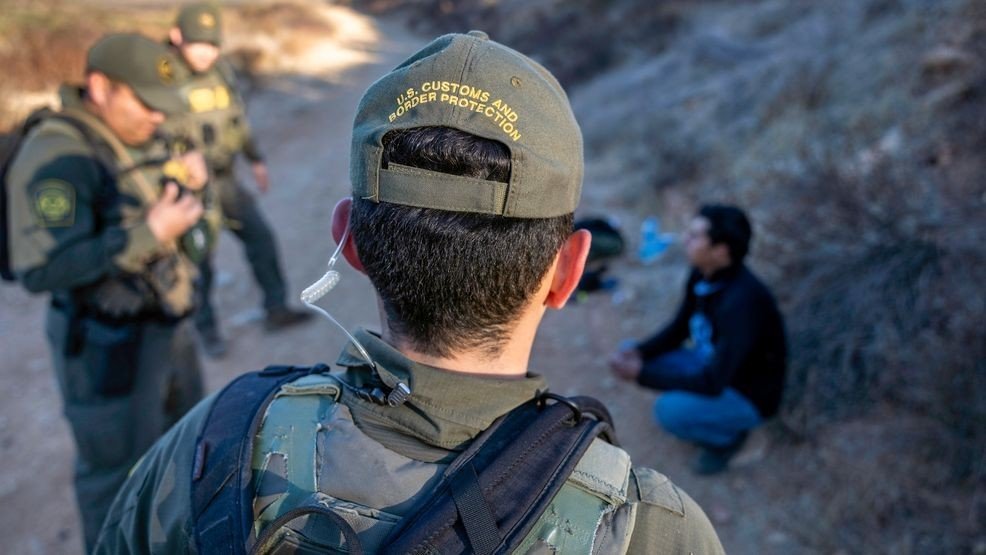Now Reading: NYC Immigration Arrests Just Shot Through the Roof, New Data Shows
-
01
NYC Immigration Arrests Just Shot Through the Roof, New Data Shows
NYC Immigration Arrests Just Shot Through the Roof, New Data Shows

Immigration arrests in and around New York City have rapidly accelerated in recent weeks, according to a new analysis by THE CITY of federal records provided by the Deportation Data Project.
The data, obtained by the group of attorneys and academics through a Freedom of Information Act request, gives the clearest picture to date of President Donald Trump’s efforts to fulfill his vow to deport an unprecedented one million immigrants a year — and how that’s played out in the New York City region.
This year through early June, New York City saw 2,009 overall arrests by Immigration and Customs Enforcement, the data shows, about the same level as last year. ICE’s efforts in the first four months of the Trump administration focused on arresting people with criminal convictions or charges, the data shows, and the agency actually made fewer arrests than in the same period in 2024.
But the picture changed dramatically in May, when arrests shot up as masked agents began appearing inside courthouses and at ICE check-ins to target people, most of whom have no convictions or pending charges.
The number of ICE arrests jumped 46% this May, to 409 up from 281 last year. In the first 10 days of this June, ICE agents in New York City made 495 arrests — more than twice the 247 arrests it made in all of June last year. That’s also nearly seven times the 73 people arrested in the first 10 days last June.

A spokesperson for the agency, now poised to become by far the largest law enforcement body in American history, didn’t respond to a request for comment.
The dataset includes information about 7,619 arrests from September 2023 through June 10 of this year by ICE’s New York City Field Office, which in addition to the five boroughs also covers Dutchess, Nassau, Putnam, Suffolk, Sullivan, Orange, Rockland, Ulster, and Westchester counties.
Arrests Are Spiking Now — and Targeting People With No Criminal History
ICE agents in New York arrested 992 people — or 49% of all immigration arrests this year — for civil immigration violations.
ICE has increasingly focused on detaining immigrants without a criminal history since May, the data shows, which confirms what THE CITY and other news outlets have reported on the ground about the administration’s new tactic of targeting immigrants in hallways and elevator banks of immigration courthouses.

The data shows a two-day span in early June in which ICE’s New York office arrested more than 110 people on each day — the highest-one day totals in the nearly two years covered by the data. THE CITY reported on those days that the agency was also arresting people at check-ins conducted at an office across from 26 Federal Plaza, the federal building that houses immigration courts.
While the federal records do not indicate specific locations where ICE arrests occurred, they show that 965 arrests through June were processed at 26 Federal Plaza. The data only goes through June 10, however, and attorneys and advocates who monitor immigration courts say the arrests there have escalated since then, with dozens each day.
Workplace raids that have rattled other cities and states have been rare here, with just five arrests labeled as “worksite enforcement” so far this year.
Overall, more arrests this year have been of people convicted or charged with crimes compared to the same time period last year, though the apparent targeting of people with no criminal records in May and early June suggests that trend is rapidly reversing.

So far this year, the government data shows arrests of people with criminal convictions increased 143% to 675 up from 278, while arrests of people with pending criminal charges increased 178% to 342 up from 123.
Those numbers have been flipped on their head, however, since ICE started ramping up arrests at courthouses and ICE check-ins in mid-May, increasingly targeting people with no criminal history.
The number of people arrested with only civil immigration violations in May soared to 223, compared to 186 of those with criminal convictions or pending charges. The difference is even more dramatic in the next month, when ICE made 360 non-criminal arrests in the first ten days in June compared to 135 criminal-related arrests.

On the week of June 2 alone, 299 people with only civil immigration violations were arrested. On June 3 and 4, when agents targeted immigrants at mandatory check-ins, ICE arrested 231 immigrants — including 193, or 84%, with no criminal records or charges.
Non-criminal arrests also made up 75% of the apprehensions on May 28, when masked agents took people from courthouses. Fifty-one of the 68 people arrested that day had no criminal records or charges.
The data does not specify whether the crimes of the people who had been charged or convicted of had been misdemeanors or more serious felony offenses.
Meanwhile, the federal Laken Riley act, signed into law by Trump in January, expanded who ICE can target for mandatory detention to include undocumented immigrants charged, but not convicted, of offenses including theft and burglary.
Deportations Have Been Dipping Since April
Sixty-seven percent, or 1,351, of the people who’ve been arrested so far this year have not been deported, the data shows. Overall, ICE has deported 33%, or 658, of the people arrested so far this year — compared to the 14%, or 284, people it had arrested then deported over the same time last year.
The number of deportations has sharply declined since April, however, even as overall deportations so far this year remain up 132% compared to the same period last year.

More than 57,000 people nationally were in immigration detention as of June 29, according to the Transactional Records Access Clearinghouse, which also publishes ICE data obtained through public records requests. That’s the most people detained since at least 2019, when data became available.
Congress has recently allotted another $45 billion for immigration detention under what Trump has dubbed the “Big Beautiful Bill,” as well as $30 billion for arrest and deportation efforts. It’s estimated that the additional funding will allow ICE to open up as many as 125,000 beds — an unprecedented expansion of immigration detention camps.
‘Expedited Removals’ Are Exploding
The Department of Homeland Security can, under a process called an “expedited removal,” circumvent immigration judges and delegate the decision about whether a person is allowed to stay in the country to a low-level immigration officer. Currently in the New York region, 287 people are facing deportations under this process compared to the same period last year, the data shows — compared with 33 recorded in the same period last year.

The rapid deportation process had previously been used only against people arrested within 100 miles of the border who crossed it within the preceding two weeks. But in January, Trump penned an executive order allowing the administration to apply expedited removal to people anywhere in the country who had crossed the border during a two-year period.
Government attorneys began seeking dismissal for deportation cases for people who have been in the country for less than two years so they could be put in expedited removal proceedings in mid-May — the same time when ICE agents started arresting people inside of New York’s three immigration courthouses after some judges declined to approve the government’s request for dismissals. The spike in expedited removals this year likely accounts for some, but not all, of the courthouse arrests.
Of the 287 people from the New York City region put into expedited removal proceedings, 170 are waiting for their credible fear interview before an immigration officer, in which they make claims about reasonable fears of persecution or torture if they were to be deported. Another 21 successfully convinced an officer that their asylum claim had merit and thus had their cases returned to immigration court.
Who Is Being Arrested?
Immigrants from Ecuador account for the largest number of arrests in the New York City region so far this year, followed by El Salvador and Venezuela. Immigrants from several other countries — including China, Bangladesh, Senegal, Haiti and Mexico — saw notable spikes in arrests compared to the same period last year.

Arrests are increasingly targeting men, who make up 88%, or 1762, of the people arrested this year, compared to 60%, or 1201, of those arrested last year.
Most of the people arrested by ICE so far this year are in their late 20s or 30s. The average person arrested is 39 years old. The oldest is 73, while the youngest was just four, and was likely arrested along with a parent.

From Venezuela to NYC to an Infamous Salvadoran Prison
Twelve Venezuelan men arrested in the New York City area, ranging in age from 20 to 37, were deported to El Salvador — where many deportees are being held at the country’s maximum-security megaprison, Terrorism Confinement Center, or CECOT.
Eleven of those men were sent to El Salvador on March 15, while the other was sent in April. The records do not show where in the country they are being detained.
Nine of the men were deported under Trump’s invocation of Title 50 of the Alien Enemies Act, which had not been used since the second World War until this year. The other three had final orders of removal.
Just two of the 12 men had prior criminal convictions, while six had pending criminal charges. Four of them had neither a conviction nor a pending charge.
THE CITY has reported on several of these cases, including that of the 19-year-old teen Merwil Gutiérrez Flores. Gutiérrez Flores has no criminal record and was arrested by the NYPD but not charged. The NYPD then handed him off to the FBI, which then turned him over to ICE without a criminal conviction.



















































